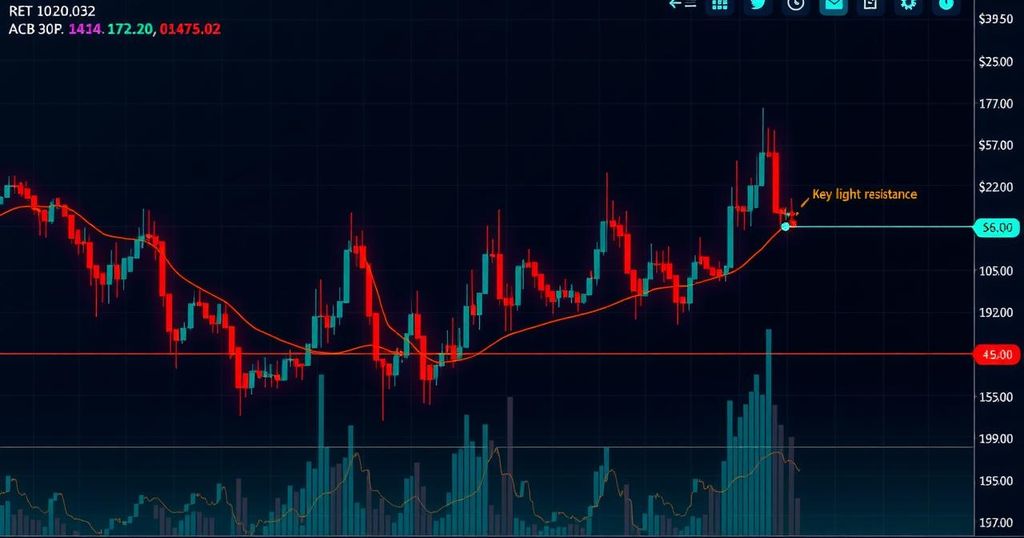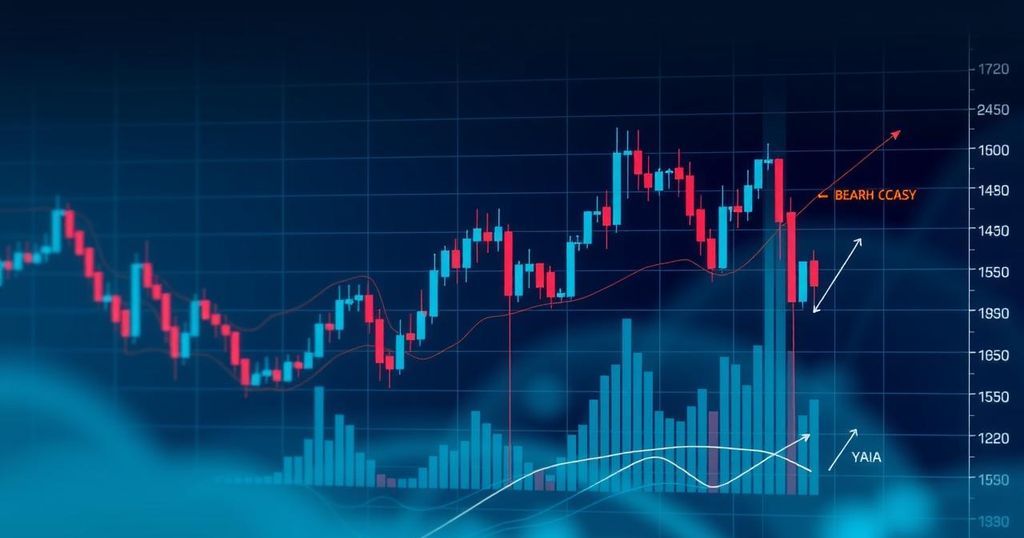Forecasting Bitcoin’s Value in 2030: Key Influencing Factors
This article explores the potential trajectory of Bitcoin’s price by 2030, highlighting crucial factors such as supply and demand dynamics, market sentiment, technological advancements, regulatory developments, and influential economic conditions. It provides insights into investor behavior and historical price movements, while featuring expert predictions regarding the future worth of Bitcoin. Overall, there is a generally positive outlook, embedded with a degree of unpredictability.
Bitcoin’s potential worth at the end of the year 2030 has raised considerable speculation among investors and analysts alike. This leading cryptocurrency remains a subject of fascination due to its volatility and overall performance in the financial landscape. Forecasting its value nearly a decade into the future inevitably incorporates subjective interpretations; however, several critical elements could markedly affect Bitcoin’s trajectory. Supply and Demand Dynamics Bitcoin is defined by a limited supply, with only 21 million coins projected to circulate in total. As Bitcoin’s supply diminishes, demand may increase significantly, particularly if institutional investors and the general public continue to express interest. Historical data supports the idea that Bitcoin typically experiences bullish price behavior surrounding halving events, which occur approximately every four years. Market Sentiment and Investor Behavior Investor behavior plays a crucial role in Bitcoin’s value. Many investors adopt long-term holding strategies, which decreases the available tradable supply. Should a more significant proportion of the investor community embrace this approach, Bitcoin’s price could rise due to reduced liquidity in the marketplace. Technological Development and Implementation The advancement of technology will apparently influence Bitcoin’s usefulness and hence its valuation. Innovations aimed at improving scalability and transaction speeds can attract a broader user base. The integration of solutions such as the Lightning Network, which enhances Bitcoin’s efficiency, may further encourage its adoption in everyday commerce and influence its market price positively. Increased acceptance from merchants will likely enhance Bitcoin’s role as a medium of exchange, subsequently driving its price upwards. Regulatory Developments The future of Bitcoin is inexorably tied to regulatory measures that governments may impose. Favorable laws could promote its acceptance among traditional investors, thereby fostering a more vibrant trading environment. Conversely, stringent regulations or outright bans can stifle growth and investor confidence. The historical resilience of Bitcoin in response to regulatory challenges does give some assurance to its proponents. Economic Forces and World Concerns In light of rising inflation and potential economic crises globally, Bitcoin could further solidify its position as a safe-haven asset, similar to gold. Should economic hardships increase by 2030, the demand for Bitcoin may surge as investors seek to mitigate risks associated with traditional financial systems. Its intrinsic characteristics as an anti-inflationary and decentralized asset might enhance its appeal during turbulent times in the global economy. Bitcoin’s Past Performance A review of Bitcoin’s historical price trends reveals a persistent pattern of sharp fluctuations. In December 2017, Bitcoin’s value soared to nearly $20,000 before plummeting to about $3,000 in early 2018. Nonetheless, following each downturn, Bitcoin has exhibited recovery phases marked by subsequent all-time highs—conditions that may repeat in the years leading to 2030, particularly following halving events that have historically catalyzed price increases. Expert Predictions for 2030 Numerous experts have articulated varying predictions concerning Bitcoin’s future value. Some advocate that Bitcoin could reach prices exceeding $100,000, while others forecast valuations potentially ascending to $1 million or more, dependent on sustained institutional demand and the approval of Bitcoin ETFs. These projections, while ambitious, carry significant uncertainty intrinsically associated with the volatile cryptocurrency market. In conclusion, while the landscape for Bitcoin by 2030 remains speculative, several interconnected factors—regulatory developments, supply and demand balance, technological advancements, and the macroeconomic environment—will undoubtedly shape its price trajectory. The consensus among industry leaders indicates a positive outlook for Bitcoin, contingent upon the maturation of the cryptocurrency market and its broader acceptance within traditional financial systems.
The analysis of Bitcoin’s price potential for the year 2030 involves a complex interplay of various market factors, including supply and demand dynamics, investor sentiment, technological advancements, regulatory environments, and broader economic conditions. As the cryptocurrency landscape continues to evolve, it is essential to understand how these variables may influence Bitcoin’s value in the future. The limited supply and increasing interest from both institutional investors and the general public create a fertile ground for speculation regarding Bitcoin’s price movement over the next decade.
In conclusion, Bitcoin’s price trajectory towards the end of 2030 will be influenced significantly by various factors including market sentiments, technological innovations, regulatory changes, and global economic conditions. The consensus among experts suggests a generally optimistic outlook for Bitcoin amidst the unpredictability of the market. With a historical record of recovery after downturns and potential upward movement following halving events, further developments will be critical in shaping its financial landscape.
Original Source: www.analyticsinsight.net








Post Comment